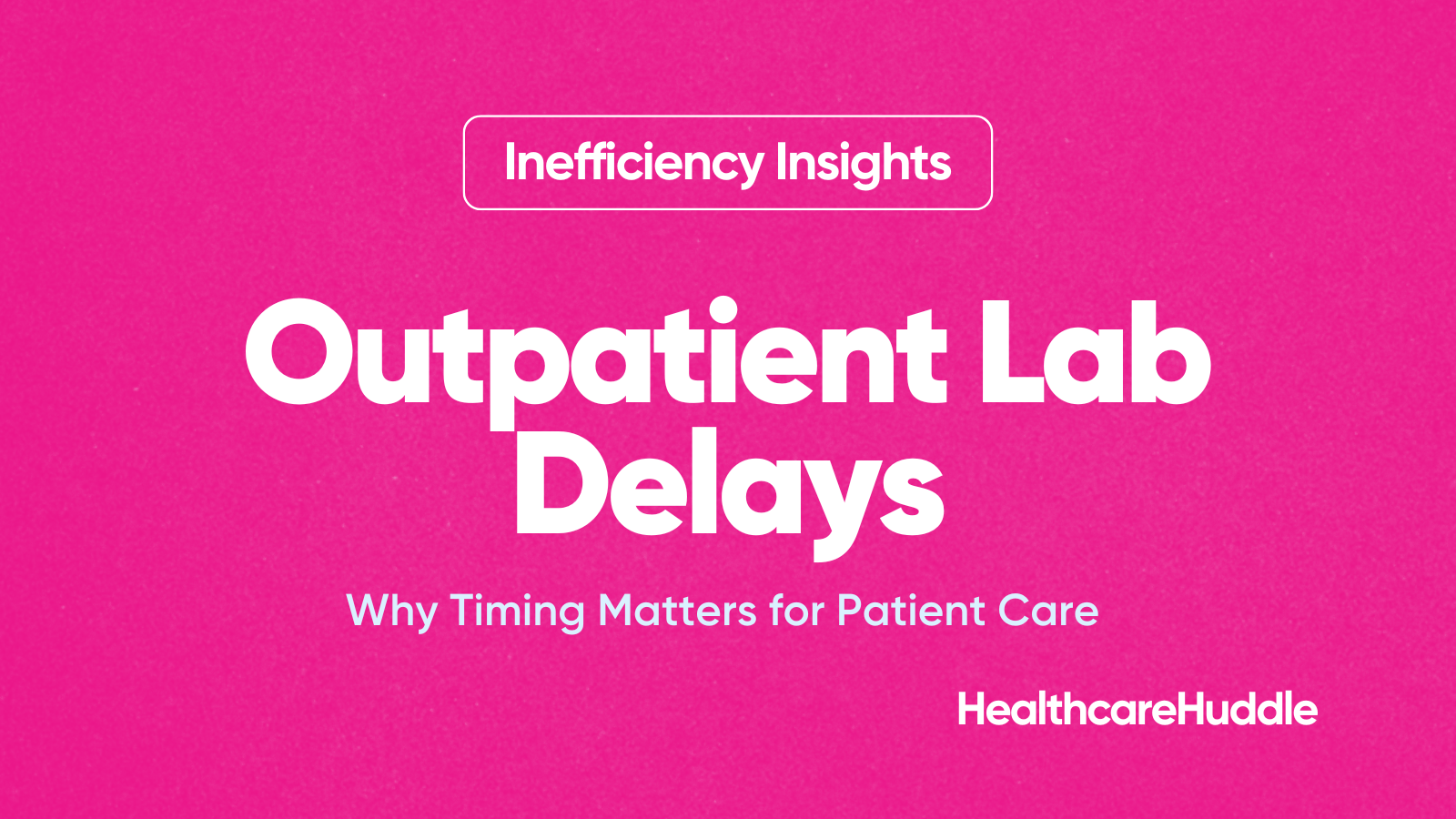Millions of Medicaid enrollees lost coverage this year due to the ending of continuous enrollment.
The most frustrating part?
A large proportion of disenrollment was due administrative processes—not due to the enrollee no longer qualifying for Medicaid.
Given the year is ending and Medicaid redeterminations (evaluating who still qualifies for coverage) started in April 2023, I thought it’d be timely to recap its impact.
In this article, I’ll provide background on pandemic-era legislation leading to Medicaid continuous enrollment, highlight the impact of this year’s Medicaid redetermination, and share some solutions on how to fix the red tape problem.
The Deets: Continuous Enrollment
The Families First Coronavirus Response Act (FFCRA) significantly lowered the uninsured rate in the U.S. to a historic 8% by introducing continuous Medicaid/CHIP enrollment during the public health emergency. This allowed individuals to maintain coverage even if their income rose above the eligibility threshold. The federal government supported continuous enrollment by increasing Medicaid funding to states by 6.2%, with conditions like maintaining pre-2020 premium levels.
While the the FFCRA’s continuous enrollment provision led to a 28.5% increase in Medicaid/CHIP enrollment (Oct ’22 vs. Feb’ 20), covering 91.3 million adults and children, the federal government knew it couldn’t keep funding continuous enrollment forever.
So, the Consolidated Appropriations Act of 2023 set a termination date (April 2023) for the FFCRA’s continuous enrollment provision. The gradual phase-out of this provision in the Consolidated Appropriations Act aimed to minimize coverage loss by slowly reducing federal Medicaid funding to states.
But, states would have to redetermine if enrollees remain eligible for their Medicaid programs.
At the time, KFF estimated that Medicaid/CHIP might lose between 5% and 13% of its enrollees—5.3 million to 14.2 million people. How many individuals have actually lost Medicaid/CHIP coverage by the year’s end?
The Impact of Medicaid Redeterminations
Nearly 12 million Medicaid enrollees have lost Medicaid coverage since April 2023, which is on the higher end of what we expected.
Here are some key findings from KFF’s report on Medicaid disenrollment:
Statewide disenrollment rate variation: Disenrollment rates from Medicaid/CHIP vary widely across states, from as high as 64% in Texas and Idaho to as low as 10% in Illinois and Maine, influenced by differences in renewal policies, system capacities, and targeted groups for early renewals.
Termination due to Red Tape: 71% of Medicaid disenrollments were procedural, often due to outdated contact information or enrollees' failure to complete renewal within the required timeframe, indicating that many might still be eligible for coverage.
Ex Parte Renewal: 59% of Medicaid coverage renewals were conducted ex parte while 41% required a renewal form. "Ex parte" refers to an administrative process where eligibility for continued coverage is determined using available data sources, like state wage databases, without requiring the Medicaid enrollee to actively submit a renewal form or provide additional documentation.

I must note: while 12 million have lost Medicaid coverage, many of them are not uninsured, but rather have joined employer-sponsored plans or ACA plans. More data on this to come.
Dashevsky’s Dissection
The most startling data point is the 71% of Medicaid enrollees who lost coverage due to red tape. Again, this high rate of administrative disenrollment indicates that many individuals losing coverage might still be eligible.
The disparity in states' approach to Medicaid renewals further complicates the situation. States like Texas prioritize disenrolling individuals believed to be ineligible or unresponsive during the pandemic, while others use individual renewal dates and automated systems for efficiency. Some states have implemented policies and systems to promote continued coverage and smooth renewals, but others lag behind with manual, less efficient processes. This variation contributes to the inconsistency in Medicaid coverage across the country.
Here’s the larger trend, though:
Burdensome and antiquated bureaucratic processes leave gaping holes in the system, allowing vulnerable Medicaid/CHIP enrollees to fall through.
So how can we improve this problem of massive Medicaid disenrollment due to red tape?
Ex parte renewals are likely the key to streamlining Medicaid redeterminations. With ex parte renewals, states use available data sources to verify eligibility without requiring beneficiary action, reducing this “red tape” churn. Of course, there’s an issue of ensuring states have high value data sources to verify eligibility (note, this is likely the root cause of red tape churn).
Therefore, state implementation of regular initiatives to update contact information of enrollees could prevent disenrollment due to missed communications. This could be as simple as an automated text or calls to the beneficiary or their caregiver. As of 2018, 97% of Americans owned a cell phone.
Another solution would be integration of states’ Medicaid enrollee database with existing EHRs, automatically notifying social workers in offices when a patient arrives who needs to update or renew their Medicaid information. This immediate notification enables healthcare staff to assist the patient right at the point of care. Also, some form of automated renewal assistance could help, involving EHR features to assist patients in completing their Medicaid renewal directly. Great opportunity for generative AI chat bots!
By implementing these strategies, states can significantly reduce the number of individuals losing Medicaid coverage due to bureaucratic hurdles, ensuring that those eligible for Medicaid remain covered.
In summary, administrative challenges are largely to blame for the significant increase in Medicaid disenrollment in 2023 that arose with the end of continuous enrollment. Ex parte renewals have been effective in mitigating this disenrollment. I propose further solutions, including updating enrollee contact information, integrating Medicaid databases with EHRs, and utilizing generative AI chatbots for renewal assistance, to enhance the efficiency of the Medicaid renewal process. These strategies are designed to streamline the redetermination process, minimize disenrollment caused by bureaucratic obstacles, and ensure that eligible individuals continue to receive their Medicaid coverage.






